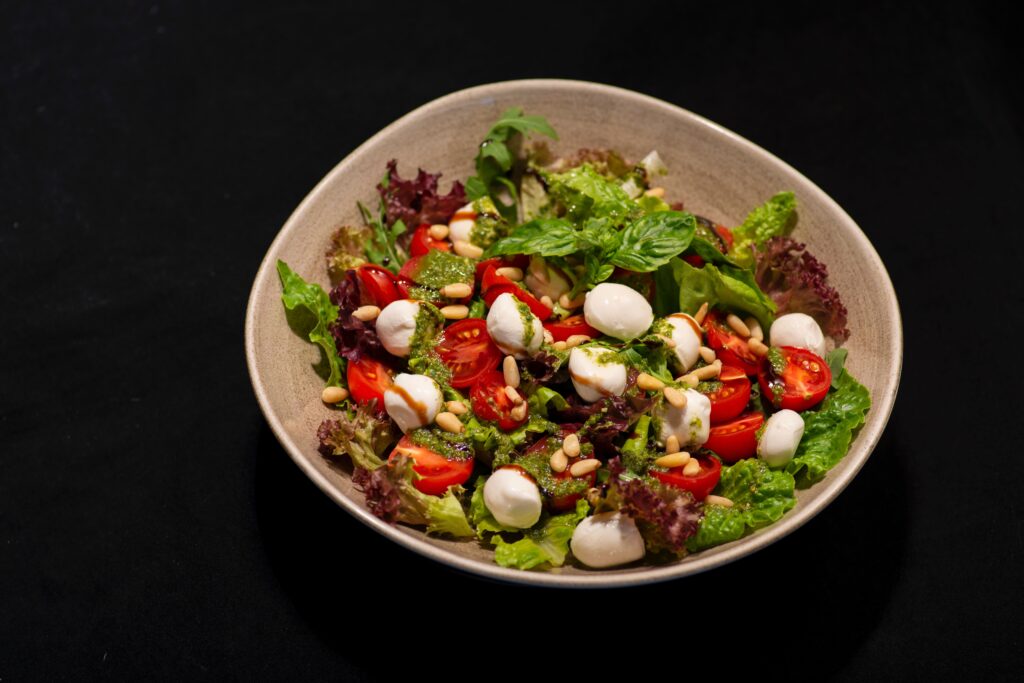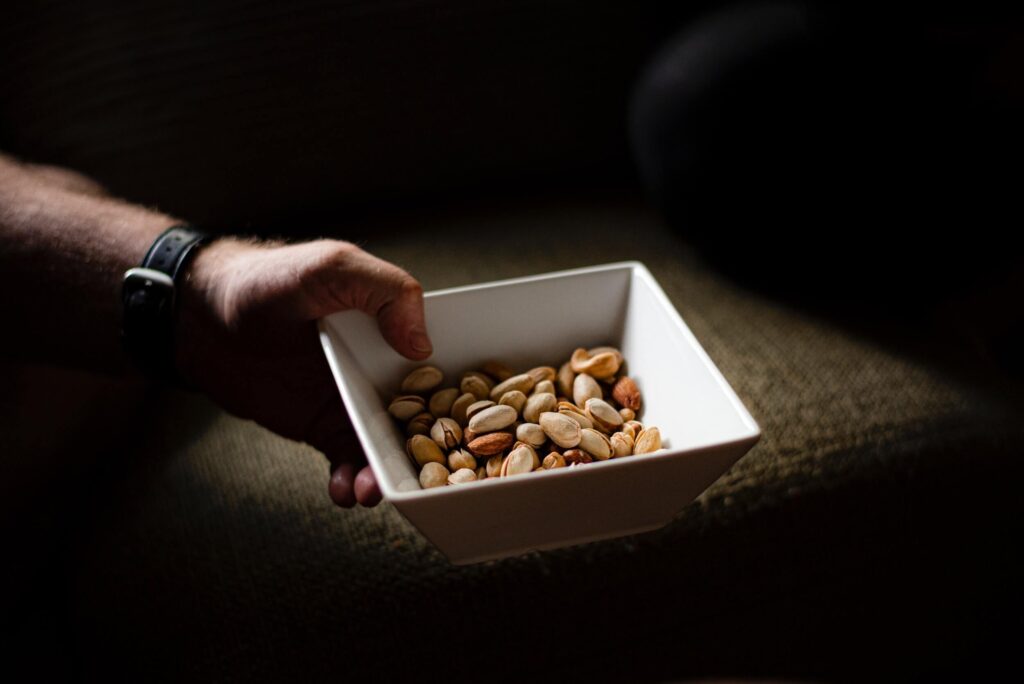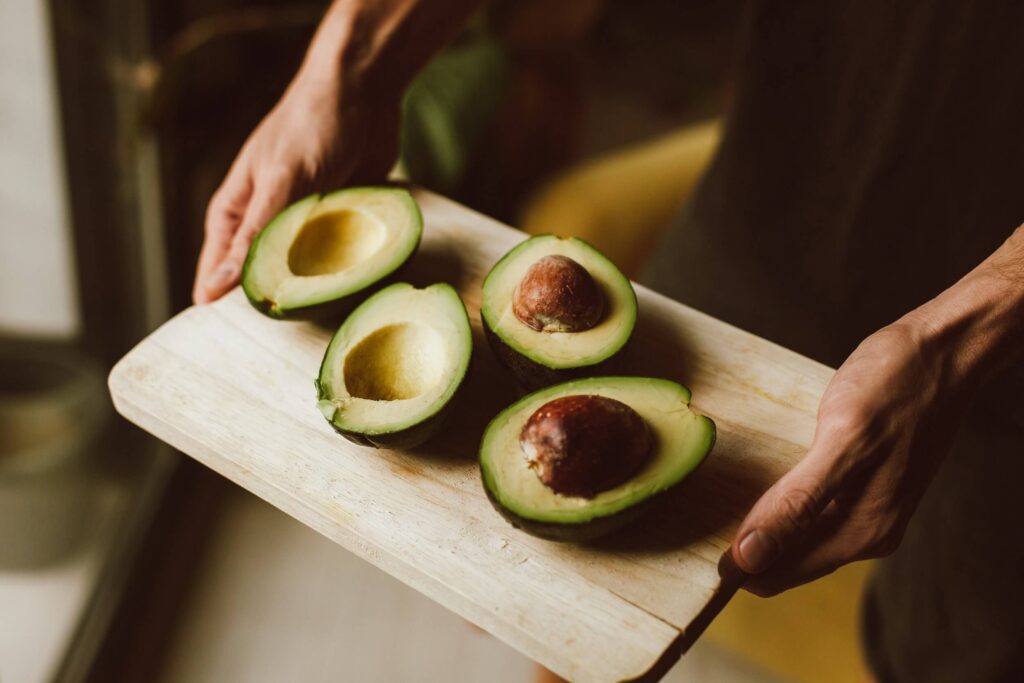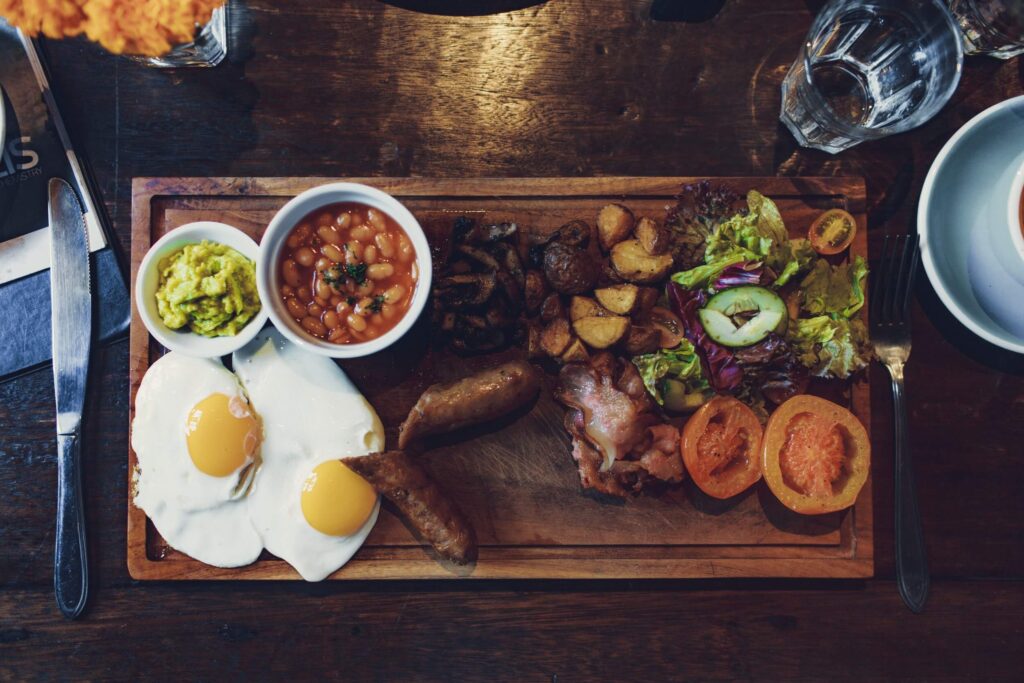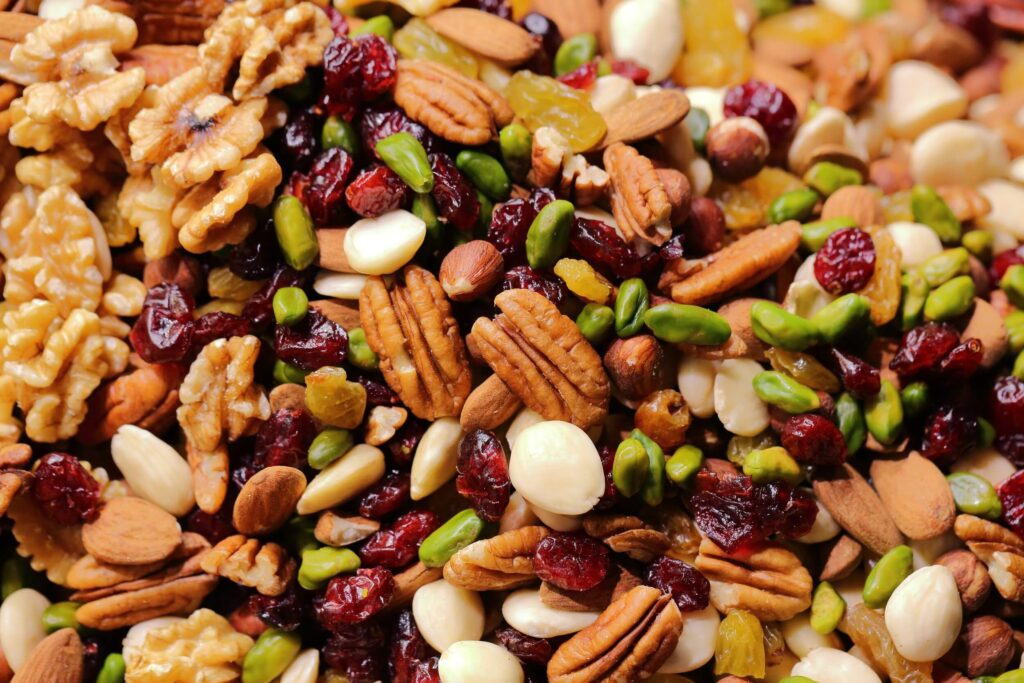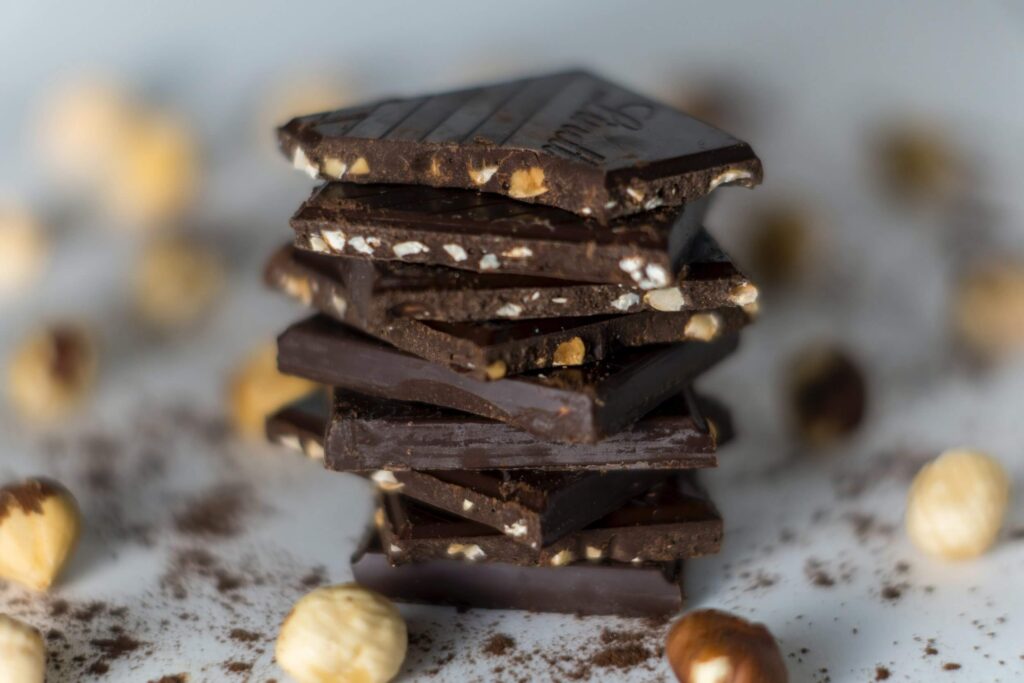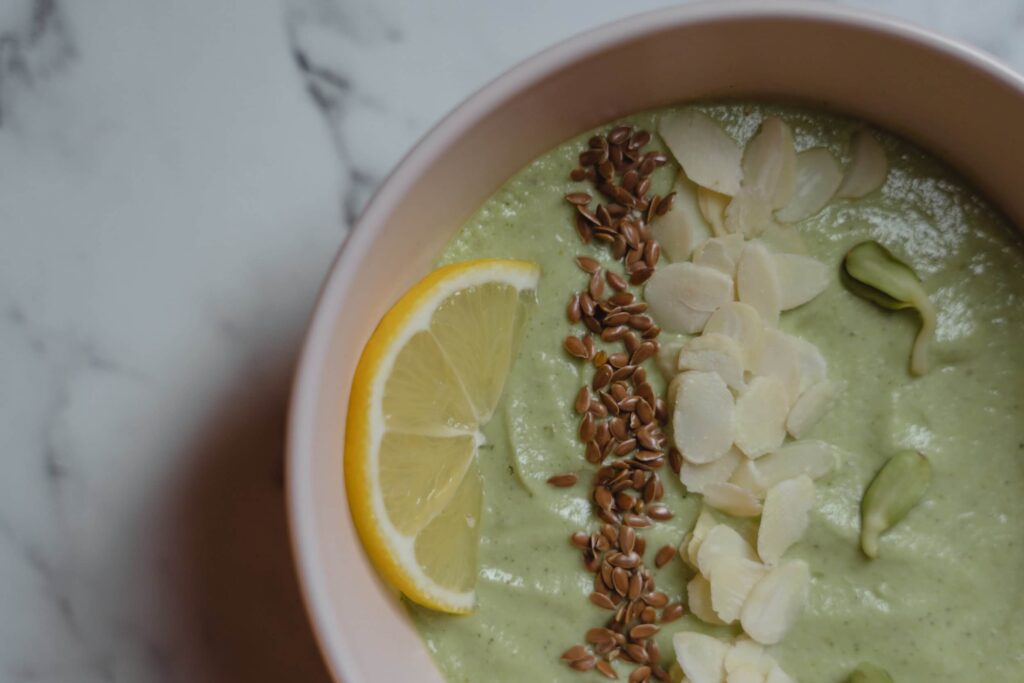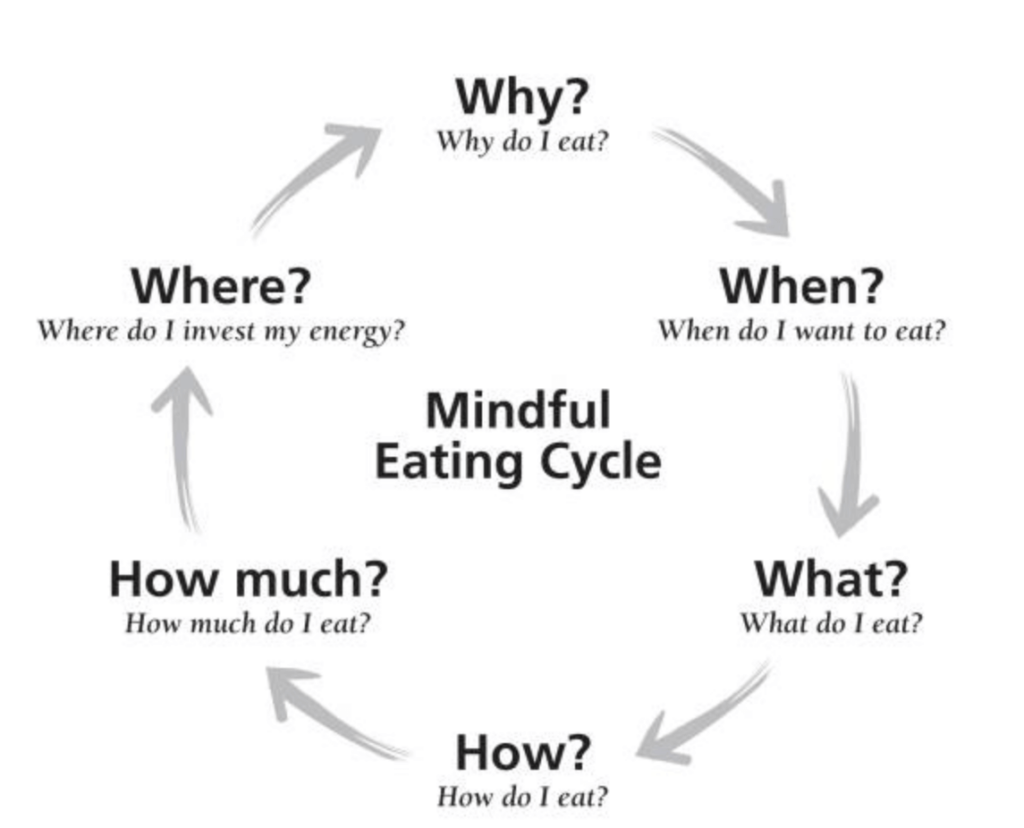A common refrain one hears when it comes to weight maintenance and health is the number of calories one is consuming. We’re generally given to understand that more calories are bad and fewer calories much better. They’re an important metric when it comes to new products; you may have seen entrepreneurs pitch their healthy energy bar, for example, on Shark Tank, which will famously have less sugar, less sodium and less calories, a factor making the product that much more desirable and investable. But what are calories exactly? How do we measure them, and what’s the best way to understand them? Let’s find out.
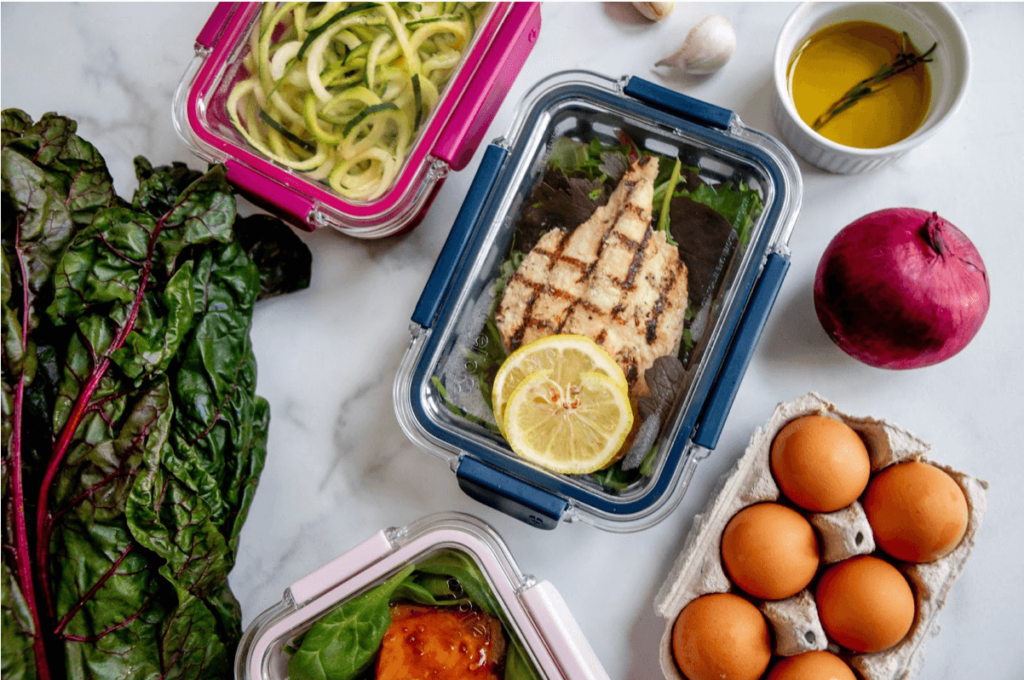
Highlights
- A calorie is a unit of energy that has historically been defined as a unit of energy or heat that could come from sources such as coal, gas and others,
- Calories can’t be looked at only through the lens of quantity but also through the lens of quality. If you go only by the numbers, then you could mistakenly assume that all carbs are evil,
- A “calories in vs calories out” mentality allows you to track the amount you eat and compare it to the amount you burn. But health is more than just calories in and calories out.
What are calories?
A calorie is a unit of energy that has historically been defined as a unit of energy or heat that could come from sources such as coal, gas and others. In a nutritional sense, all types of food—whether they are fats, proteins, carbohydrates or sugars—are important sources of calories that people need to live and function.
The unit of measurement used in food is 1 large kilocalorie, the equivalent of 1,000 small calories, which you’ll usually find listed on nutrition labels
Kilocalories are the main form of measurement for your workouts and your food. They are usually denoted by ‘kcal’ and are commonly referred to as calories. It might sound confusing, but the main thing to remember is that when someone says “I burned 200 calories in my workout today” or “This dessert has 200 calories,” what they mean is that they burned or ate 200 kcals.
To determine a way to estimate the number of calories in carbohydrate, fat and protein, i.e., macronutrients, Wilbur Atwater, the 19th-century U.S. chemist, discovered a technique known as the 4-9-4 system. He understood that traditional calorimeters didn’t take into account that humans lose some calories through heat of combustion of the macronutrients, but also through expelling urine and faeces, which he tested to come up with a now conventional way of estimating the number of calories in a food.
His experiments showed that proteins and carbohydrates each have about 4 calories per gram and fats have 9 calories per gram, hence the 4-9-4 system. He also discovered that alcohol, which is also has 7 calories per gram.
Calories in food
Calories in food work in specific ways. For instance, the approximate calorie content of a plate of pasta, between 300-400 Kcal, is close to that of a stick of dynamite. The difference is that the energy from the dynamite is released instantly when ignited, while pasta releases its energy in the body more slowly. This goes to show that calories can’t be looked at only through the lens of quantity but also through the lens of quality. If you go only by the numbers, then you could mistakenly assume that all carbs are evil. The real truth, however, is that the sourcing and processing of the food that you eat play a major role in the quality of the food and how your body breaks it down.
Unlike soft drinks or desserts that provide no nutritional value, whole foods such as fruits, vegetables, legumes, nuts, seeds, whole grains, meat, fish and eggs provide the necessary minerals, nutrients, fibre and calories to get you through the day.
The difference boils down to the distinction between simple carbs and complex carbs. Simple carbs are mainly sugar, easily absorbed by the body, like raw sugar, fruit juices, cola etc. Complex carbs are the ones that take time to process in your body, and the more complex the carb, the better. This also makes them more filling, which means they’re a good option for weight control.
Fibre and starch are the two types of complex carbohydrates. Fibre is necessary because it promotes bowel movement and helps control cholesterol. Starch is also found in some of the same foods as fibre, but certain foods are considered more starchy than fibrous, such as potatoes.
It is necessary to have a balanced diet so that your body gets the right calories with the right nutrition. Different food items have different proportions of nutrients present in them. What kind of nutrients one requires depends on their gender, age and health.
Reading a nutrition label
With so many food options to choose from, it becomes a daunting task to select the correct ones. Reading the nutrition label at the back of your product can make life simpler, because it is the only way to be sure of exactly what you are eating.
Some of the ingredients to watch out for are sugar, saturated fat, trans fat, and cholesterol. Sugar, alongside fibre, comes labelled under carbohydrates. If a food has high amounts of saturated fat or cholesterol, then it is generally bad for you. Choose foods that are lower in their Daily Value (DV), which are the recommended amounts of nutrients to consume or not to exceed each day.
5% DV or less is low and 20% DV or more is high. This leads to a reduction in total fat consumed, since 1 gram of fat has 9 calories, which is the highest amongst the macronutrients. Trans fat doesn’t have a daily value requirement, hence be extra careful when you choose items that have trans fats.
There are many other ingredients that you should be on the lookout for, and just knowing that these need to be checked would help you bring in a habit of reading the label while expanding the range of products you want to avoid. Simple decisions avoid unnecessary calories.
Calories in vs calories out
Technically, you can have pizza every day and still have a rocking six-pack. In the end, you just need to be burning as many calories as you consume. This enables you to maintain the weight you’re currently at. You need a calorie deficit, i.e., burning more calories than you consume, to lose weight. There are three main bodily processes that burn calories: basic metabolism, digestion and physical activity. A “calories in vs calories out” mentality allows you to track the amount you eat and compare it to the amount you burn. It is an important metric to consider to maintain, gain or lose weight.
But health is more than just calories in and calories out. Unfortunately, eating pizza every day will not give you all the nutrition that you need to maintain holistic health. It is important to observe the quality of nutrition that provides the necessary ammunition to keep your body overall healthy.
Exercise is one such medium which not only helps you burn calories, but also improves other facets of your health. Let’s see some of the best exercises for burning those calories.

Exercise for burning calories
Every person burns calories differently, which depends on their diet, metabolism, sleep, lifestyle and genetics. According to WHO, an adult should do at least 150–300 minutes of moderate-intensity aerobic physical activity or at least 75–150 minutes of vigorous-intensity aerobic physical activity every week. The person should also do muscle-strengthening activities at a moderate or greater intensity that involve all major muscle groups on 2 or more days a week, as these provide additional health benefits.
How many calories does all this burn?
A general estimate depends on your age, weight, height and, most importantly, what workout you’re doing. Many individuals prefer running, many prefer strength training and some prefer a combination of both.
An individual who weighs 160 pounds (73 kg) will burn about 250 calories per 30 minutes of running at a moderate pace. If the person was running at a faster pace of 6 miles per hour, they would burn around 365 calories in 30 minutes. If the person was strength training for a similar amount of time, the energy expended would be between 130–220 calories. Some runners also use the 100 calories/mile rule. Let’s discuss some specific workout programmes that do the best job of burning calories.

Workout programmes to burn calories
Depending on your fitness goals, there are many exercises that will help you burn calories. While there are no right or wrong answers when it comes to exercising, it’s always best to do your research. Here are two science-backed programmes that we especially admire:
Tabata is a type of high-intensity interval training (HIIT) workout that aims to yield the most benefits in a short amount of time. It originated in Japan through the research of Japanese scientist Dr Izumi Tabata and his team from the National Institute of Fitness and Sports at Kagoshima Prefecture, Japan, on high-intensity exercise during the early 1990s. For each exercise, you do eight rounds of 20 seconds of strenuous exercise followed by 10 seconds of rest.
Based on this research, World CrossFit champion Kara Saunders has curated a 5-day Tabata Challenge taking the best high-intensity cardio and movements to push your endurance. This Ultrahuman challenge weaves the best of Dr Tabata’s findings with the experience of Kara Saunders, combining full-body drills and workouts to maximise your results.
EMOM, an acronym for “every minute on the minute,” is a workout that challenges you to complete an exercise for a certain number of reps in less than 60 seconds. The remaining time within the minute serves as your recovery.
If you are looking to increase your cardiovascular fitness and improve your anaerobic and aerobic capacity while you burn calories the most efficiently, then look no further than this Ultrahuman workout where World CrossFit Champion Kara Saunders takes you on an intense 7-day EMOM Bootcamp to kickstart your EMOM journey.
Conclusion
Calories are a unit of energy. They’re in every food you consume, and are essential for humans to live and function. It is important, however, to be mindful of calories and choose foods that are not overly high in caloric-content. But one should be wary of excessive calorie counting too. Calories can’t be looked at only through the prism of quantity but also through the prism of quality. Calorie burning is personalised and depends on a person’s diet, metabolism, sleep, lifestyle and genetics. The kind of nutrients one requires also varies based on gender, age and health.
Disclaimer: The contents of this article are for general information and educational purposes only. It neither provides any medical advice nor intends to substitute professional medical opinion on the treatment, diagnosis, prevention or alleviation of any disease, disorder or disability. Always consult with your doctor or qualified healthcare professional about your health condition and/or concerns before undertaking a new healthcare regimen including making any dietary or lifestyle changes.
References
- https://www.livescience.com/52802-what-is-a-calorie.html
- https://www.fao.org/3/y5022e/y5022e04.htm
- https://www.myfitnesspal.com/food/calories/pasta-345742721
- https://www.chemistryviews.org/details/ezine/3622371
/145_Years_of_Dynamite.html - https://www.healthline.com/health/food-nutrition/empty-calories#what-to-eat



